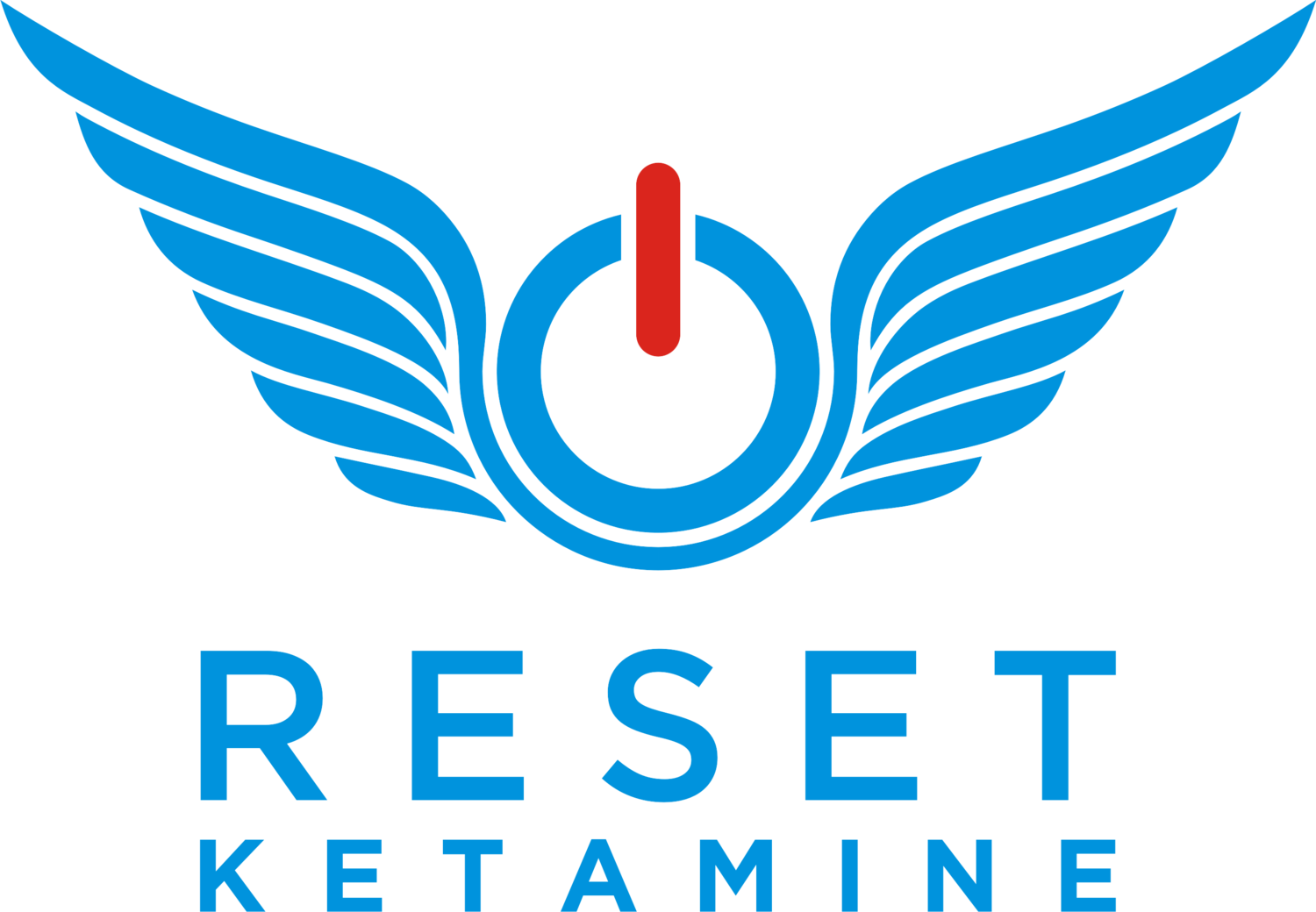What is Ehlers-Danlos Syndrome?
Ehlers-Danlos Syndrome (EDS) is a clinically heterogeneous group of diseases characterized by skin, joints, ligaments, blood vessels and internal organs that are fragile soft connective tissues. EDS has an effect on one in 5,000 births. EDS can be defined into six subtypes, the most common is the subtype of hypermobility (EDS-HT), meaning that the extremities, vertebral columns, costovertebral and costosternal joints, clavicular articulations, and or temporomandibular joints are subluxed and dislocated. Symptoms include overly flexible joints that can dislocate, and translucent, elastic, and easily bruised skin. There may be dilation and even rupture of major blood vessels in some instances. Treatment helps to control symptoms and track complications.
What Causes EDS?
EDS may be something that you are born with, but symptoms can not show themselves until later in life. It is not unusual for a hereditary disorder to become evident at first during puberty, or symptoms may be induced by trauma, such as a virus, several years down the road. The different forms of EDS are caused by faults in some genes that make connective tissue weaker. Depending on the form of EDS, the defective gene may have been inherited from one parent or both parents. Other times, the defective gene is not inherited, but appears in the individual for the first time. Unfortunately, EDS can cause acute and chronic pain because of joint subluxations and dislocations secondary to hypermobility.
Can Ketamine Help Patients with EDS?
Some short-term relief is provided by physical therapy and includes methods such as ice packs, heat application, massage, ultrasound, biofeedback, phonophoresis, and electrical stimulation. Medical devices are also used to assist with joint stability, while pressure on the lower extremity joints is released by other mobility devices. Nonsteroidal anti-inflammatory drugs, muscle relaxants, serotonin/norepinephrine receptor inhibitors, tricyclic antidepressants, antiepileptics, steroids, and opioids also contribute to pain management. In major cases, surgical procedures are used, such as joint debridement, tendon relocations, arthroplasty, and capsulorrhaphy.
The display of treatment options shows just how complicated the pathophysiology of EDS and the pain control challenge is. Intravenous infusions of ketamine have been used in the treatment of various pain syndromes, such as central neuropathic pain, ischaemic pain, and regional pain syndrome, and have shown promising results in case studies of EDS patients.
In one case report, a 27-year-old female with EDS and spinal cord ischemic myelopathy resulting in central pain syndrome, presented with generalized pain refractory to multiple pharmacological interventions. Results showed that after a 7-day course of controlled intravenous ketamine infusions, the patient reported a dramatic reduction in pain levels from 7-8 out of 10 to 0-3 out of 10 on a numerical rating scale. She had significant functional enhancement and tolerated a reduction in her usual pain medication regimen.
How Does Ketamine Work for EDS?
Reports have shown that ketamine seems to modulate pain by resetting the N-methyl-D-aspartate (NMDA) receptors to a resting state. Ketamine can be effective for some patients suffering from central neuropathic pain, complex regional pain syndrome (CRPS), and ischaemic pain. It offers a new approach to pain management by preventing NMDA receptor upregulation. The spread of pain signals to the brain is interrupted, while a balance is restored between the inhibition and stimulation of pain.
Summary
Ehlers-Danlos Syndrome can lead to severe chronic pain, injury, and a profound reduction in quality of life. As evidenced by the failure and ineffectiveness of current medications, pharmacological management of EDS can be difficult. Intravenous ketamine injection may be an option to reduce the chronic usage of pain medications, such as opioids, and to help reset the NMDA receptors that have become hypersensitized in neuropathic pain.
References
Lo, Tony Chung Tung, et al. “Reduction of Central Neuropathic Pain with Ketamine Infusion in a Pati: JPR.” Journal of Pain Research, Dove Press, 15 Sept. 2016, www.dovepress.com/reduction-of-central-neuropathic-pain-with-ketamine-infusion-in-a-pati-peer-reviewed-fulltext-article-JPR
“Inheritance: How Is Ehlers-Danlos Syndrome Inherited? | ThinkGenetic.” Www.thinkgenetic.com, www.thinkgenetic.com/diseases/ehlers-danlos-syndrome-classic-type/inheritance/58996.








Wondering if a stellate ganglion block is painful? Learn what to expect during and after the procedure—and why most patients say it's easier than expected.